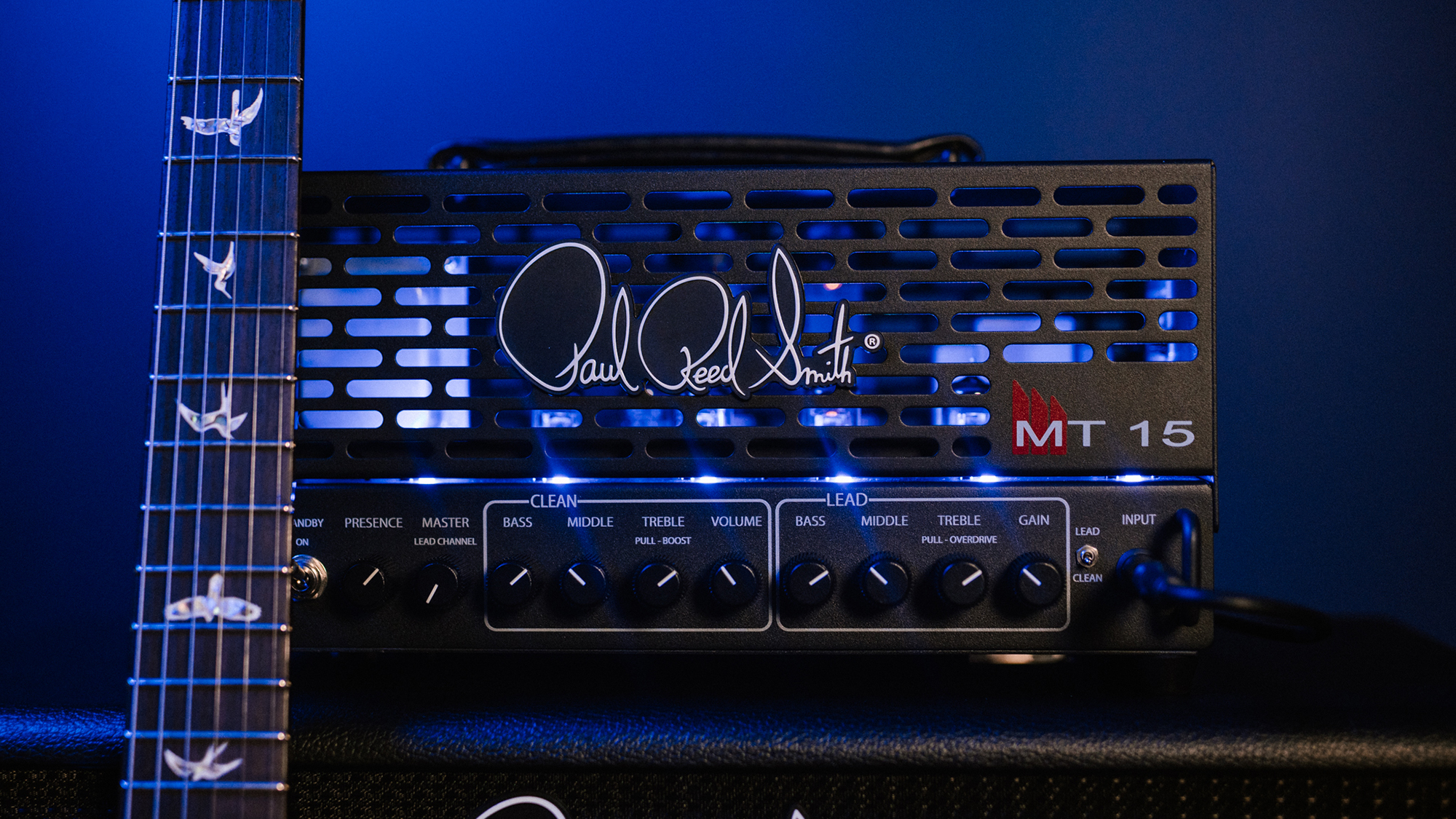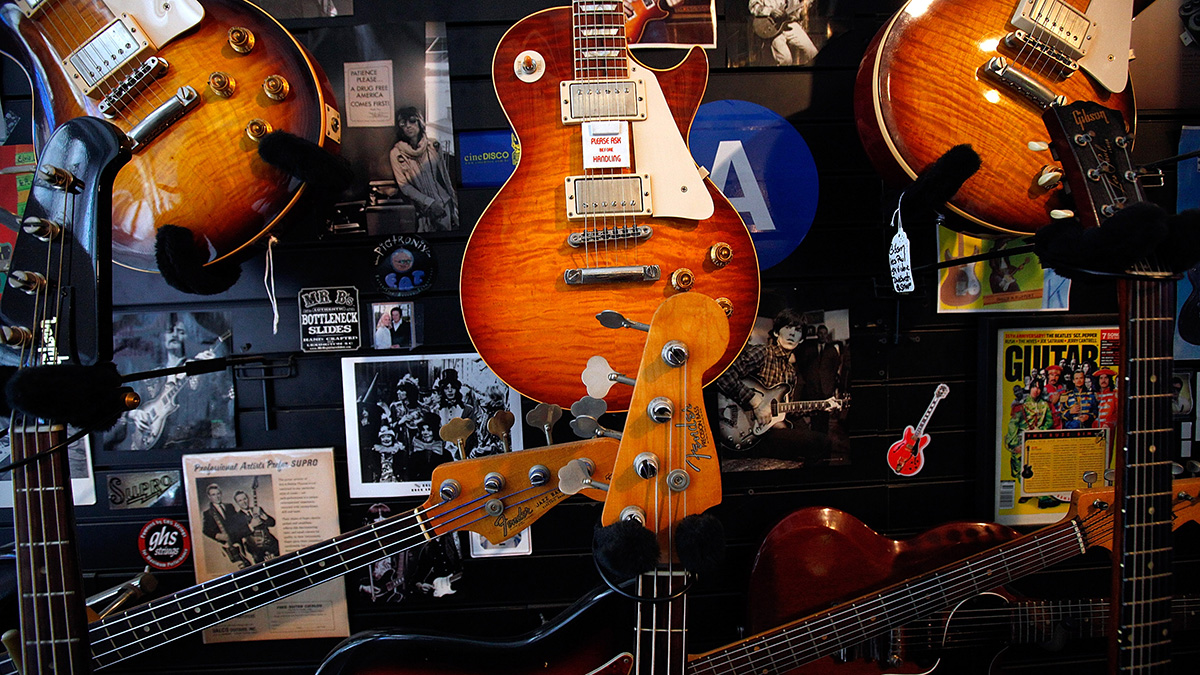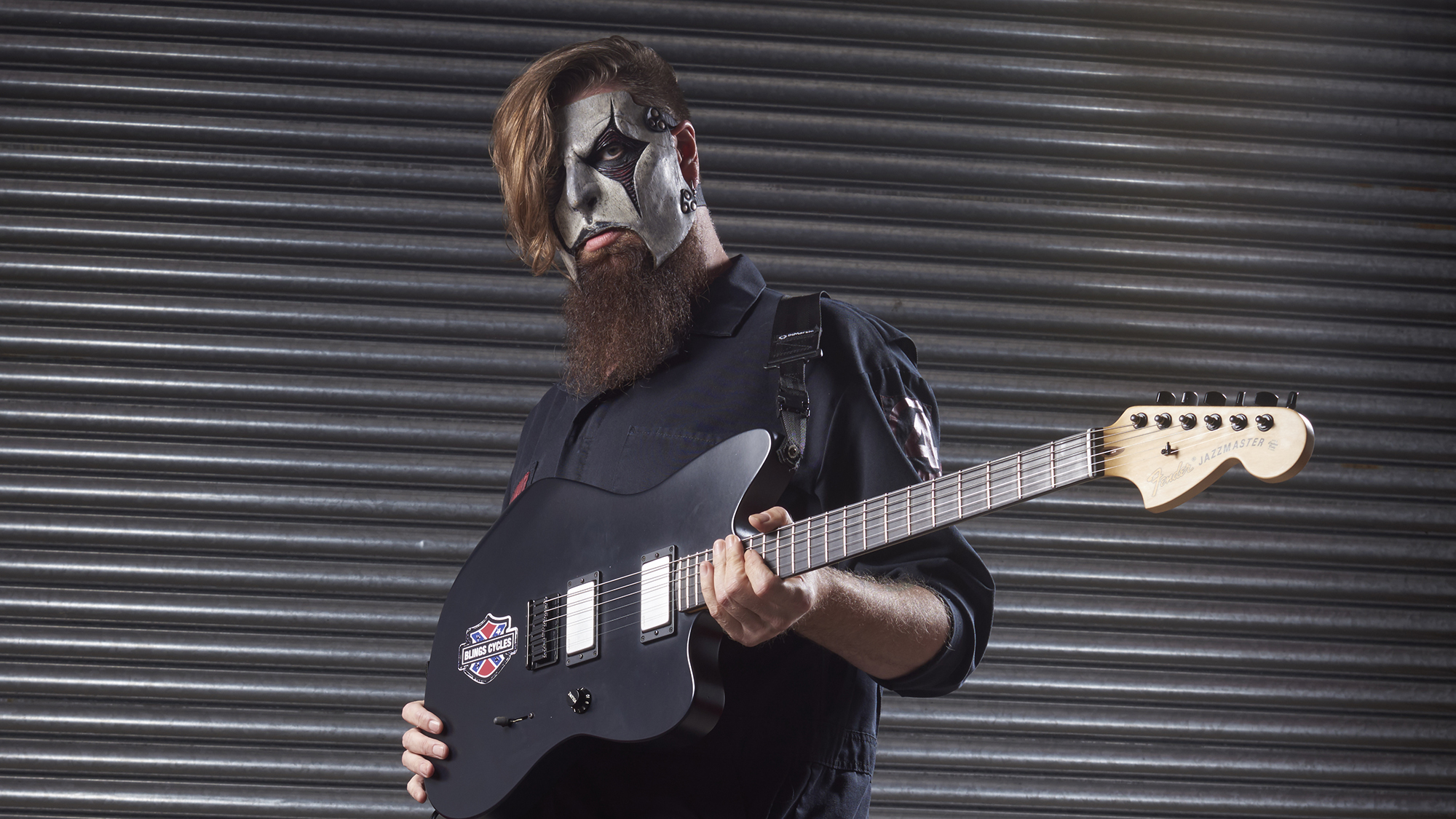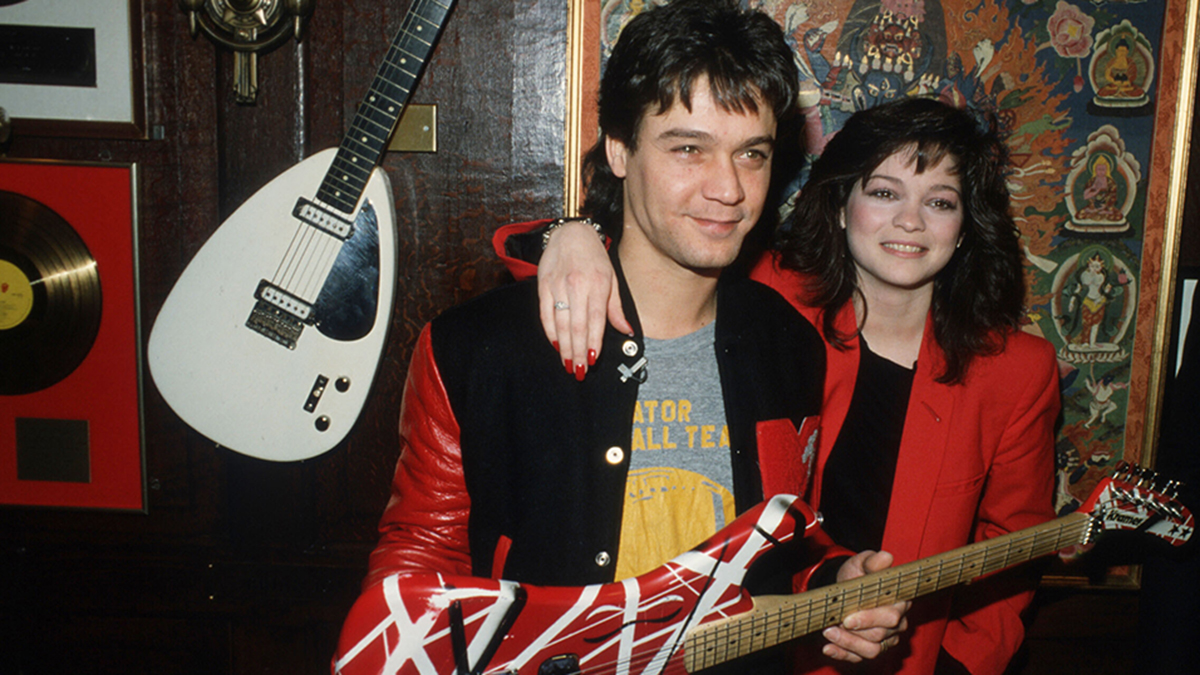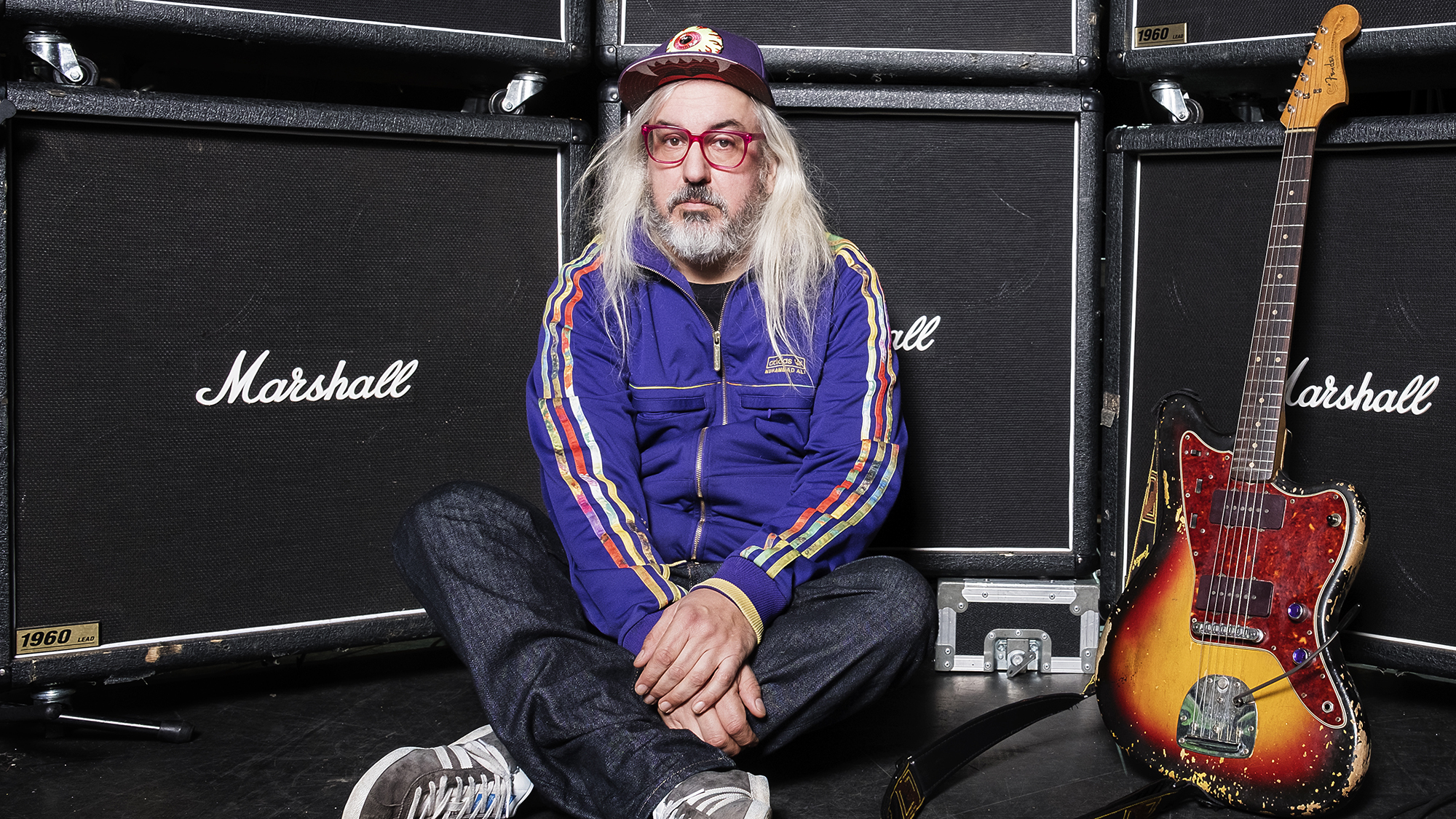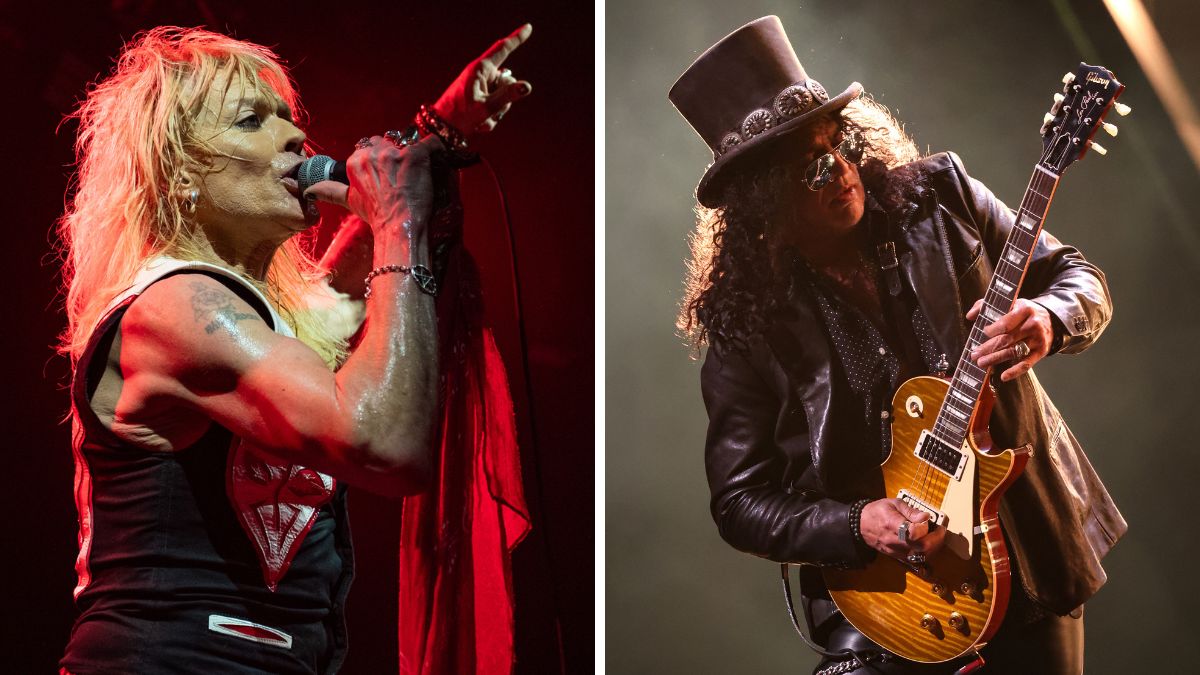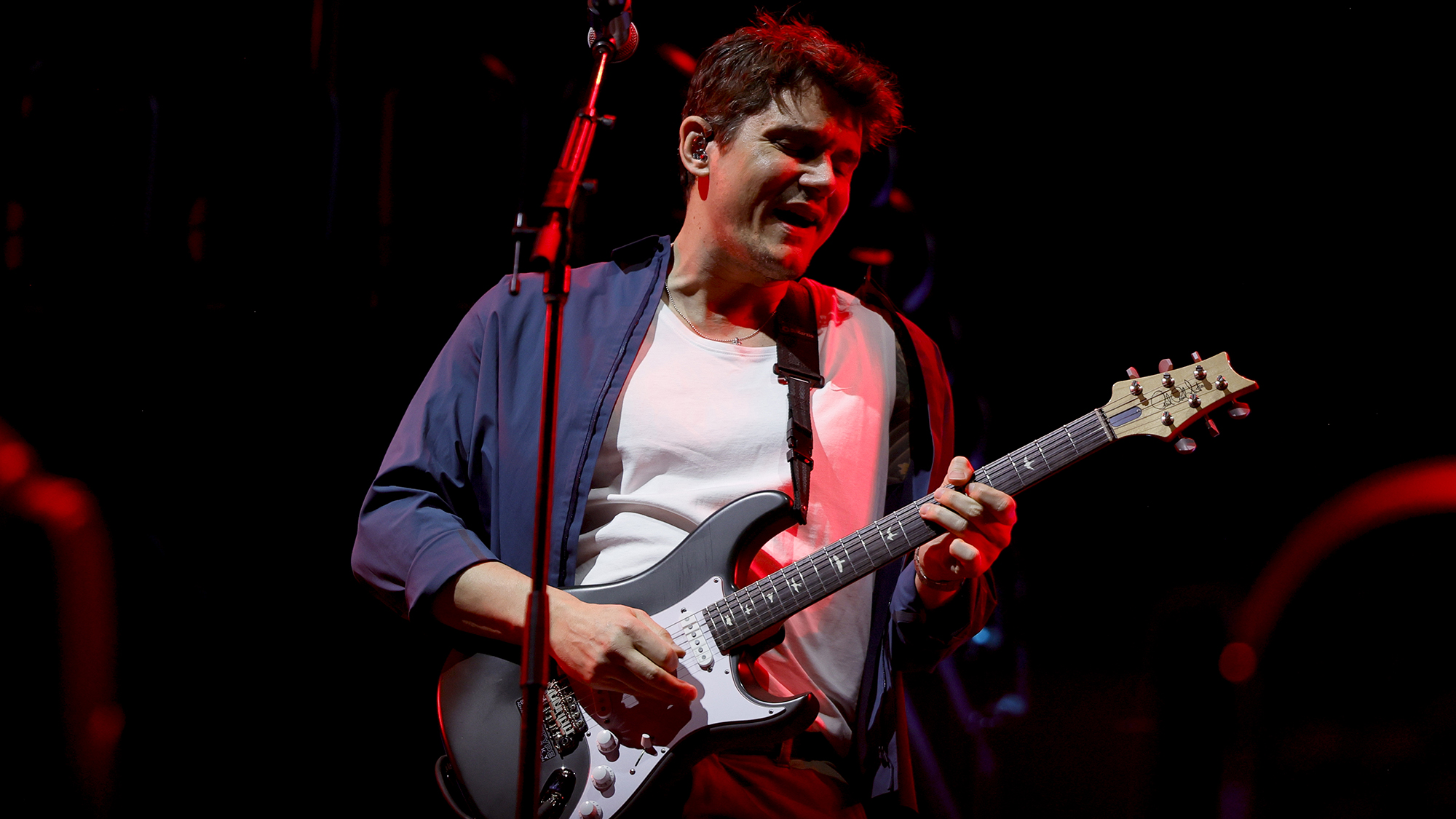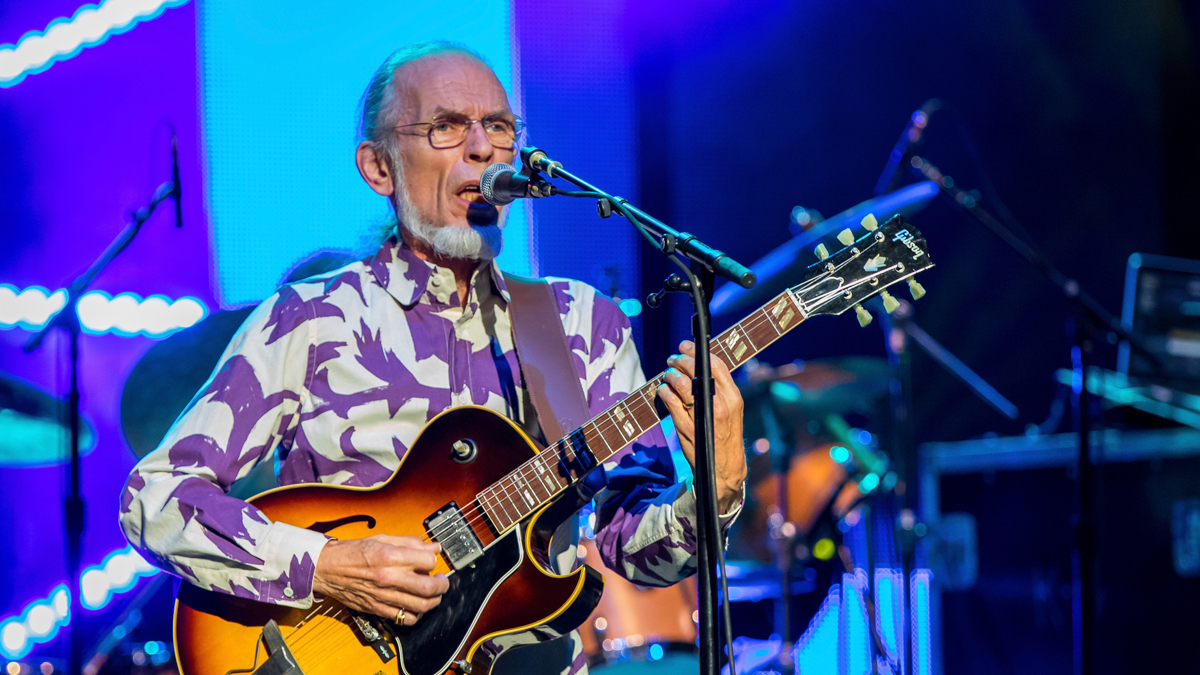
When you think of Yes’s six-string studio sounds, high-end electric guitars and vintage tube guitar amps probably spring to mind.
However, while that may be true for previous albums, the band’s upcoming effort, The Quest, instead saw Steve Howe turn to a far more humble amplifier to help with recording duties: the Line 6 Spider.
Speaking to MusicRadar, the Yes guitarist took a deep-dive into the gear used on the iconic prog outfit’s highly anticipated record – their first new album of material since 2014 – and discussed the unusual pairings he opted for in his quest to discover the album’s tone.
After being quizzed about what guitar effects he used, Howe replied, “I used the Boss GS-10 [Guitar Effects System with USB Audio Interface] which is a remarkable little system. But for the most part I was using a Line 6 Spider amp.”
Howe cited the guitar solo from Leave Well Alone as having been recorded using the Line 6 Spider, and said much of the album was crafted by pairing the affordable modelling amp with his not-so-affordable vintage 1964 Gibson ES-175D. If ever there was a clash of gear worlds, this would probably be it.
“My original Gibson ES-175[D] came into play a lot more because I was recording at my studio. I don’t take that guitar out of the country anymore,” he reflected, “so it got a good outing on this album.”
Howe is no stranger to modelling amps, however, having previously opted for Line 6's HD500 and Bogner-designed DT50 digital modeling amps in the past, while he's also a keen advocate of Line 6's Variax.
Get The Pick Newsletter
All the latest guitar news, interviews, lessons, reviews, deals and more, direct to your inbox!
Yes have released two singles from the album so far – The Ice Bridge and Dare To Know – which have probably already given us an unknowing insight into how the vintage jazz guitar sounds in partnership with the rehearsal room stalwart.
The Line 6 Spider seems to have become an increasingly popular option for guitar heavyweights in recent years. Back in 2019, The Cure’s Robert Smith was flanked by an army of Line 6 Spider V 120s during the band’s 30th anniversary Disintegration concert, which attempted – and succeeded – to recreate his iconic tones.
As for Yes, the hollowbodied single-cut wasn’t the only guitar paired with the Line 6 on The Quest, according to Howe, who went on to list the other axes that made it onto the album.
“I have a selection of familiar guitars that I love to play – like my Les Paul Junior and Martin acoustics – which allow me to explore, improvise, and reinvent,” he continued. “The 175 was often my first choice. And if that didn’t work, it was a Tele or a Strat or a Steinberger.”
Yes’s upcoming album The Quest is available to preorder now ahead of its release on October 1.
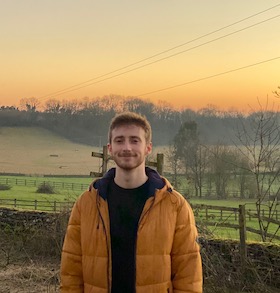
Matt is the GuitarWorld.com News Editor. He has a Masters in the guitar, a degree in history, and has spent the last 16 years playing everything from blues and jazz to indie and pop. When he’s not combining his passion for writing and music during his day job, Matt records for a number of UK-based bands and songwriters as a session musician.

